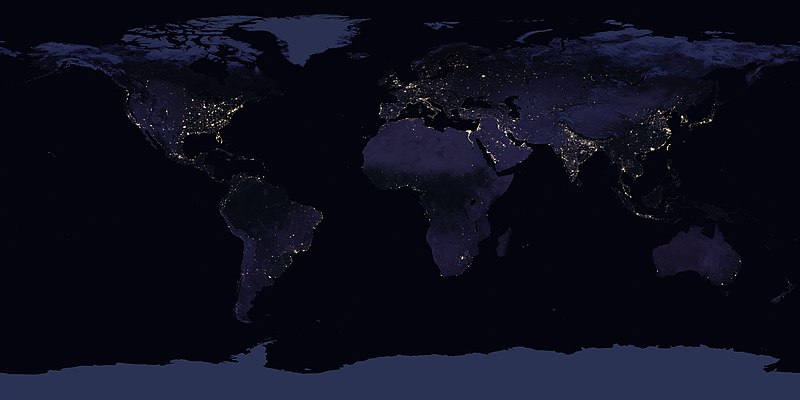Mediterranean at oil risk Satellites against pollution

Mediterranean at oil risk
Satellites against pollution
Every year, more than 500,000 tons of crude oil ends up in the Mediterranean due to chronic losses that occur during routine operations. Technologies in the field to stop spills
While the black tide arrives on the coasts of Louisiana, many wonder what could happen in the Mediterranean, closed between two small straits and trafficked daily by hundreds of ships overflowing with oil.
The Mediterranean, a chronic pollution. The Mediterranean is considered a sea with very high risk of oil pollution. In 2000, in fact, 370 million tons of crude oil and derivatives passed through our basin, about a fifth of global transport. This value, analysts say, is destined to grow. What most worries the experts, however, is chronic, daily pollution, what happens before our eyes.
With 38 milligrams of tar dissolved in every cubic meter of water, the Mediterranean far surpasses the 0.6 mg per cubic meter of the Gulf of Mexico. Nevertheless, in that sector of the Atlantic there are as many as 2,304 platforms (between oil and gas) operating, against the 140 of the Mediterranean-Black Sea system. In short, it is the most polluted basin on the planet.
In the Mediterranean, more than 100 thousand tons of oil, diluted over time, end each year, but there are always so many compared to the 650 tons that Deepwater Horizon has been spewing daily for several days. And we don’t need any disaster. Collisions, accidents, or even terrorist acts affect only 20 percent of marine pollution due to hydrocarbons. Chronic losses occur rather during routine operations of tankers, such as the discharge of ballast water, or during unloading in the terminals. Added to this are the criminal actions carried out by some ships that illegally wash tanker tanks in the open sea. For some captains, saving time and money for port operations is worth the risk of being caught red-handed by the authorities.
Combat pollution with satellites and spy planes. Now, however, the Coast Guard has an increasingly sophisticated technology to scrutinize our seas: satellite radar and even two flying labs. The latter are authentic spy planes with which the Coast Guard carries out maritime surveys between the Tyrrhenian and the Adriatic, in an anti-pollution battle without respite.
The two ATR 42s of the Coast Guard carry sensors to identify and identify naval units, boats and pollutants both day and night. In addition, the powerful SLAR sensor is mounted on the wing; In eight years of reconnaissance the system has foiled 59 criminal acts.
In orbit around the planet there are instead satellites equipped with special radars, the SAR (synthetic aperture radar). Satellite radars distinguish reliefs on the sea surface, which change in the presence of hydrocarbons. According to Guido Ferraro, remote sensing expert of the Ispra Joint Research Center (JRC), the satellite images showed 9300 spills occurred in the Mediterranean between 1999 and 2004. The most affected is the route between the Suez Canal and the Strait of Gibraltar, known as the Mediterranean motorway. A coincidence? According to Ferraro, no: spills would in fact be in international waters, an attempt to escape controls. However, Ferraro admits: “Between 2000 and 2004 they have decreased”. This is thanks to stricter regulations, more precise controls, and new technologies.
(April 30, 2010)


